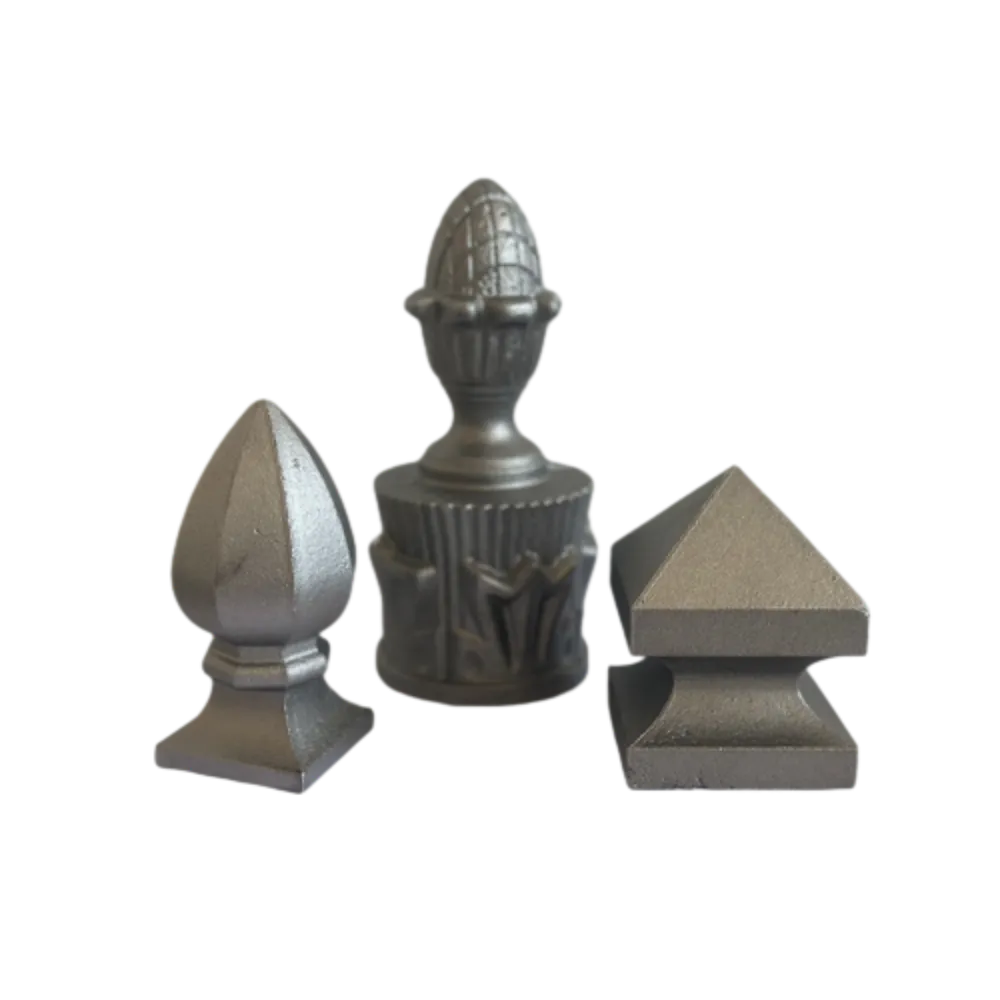Exploring the Key Properties and Benefits of Iron in Various Applications
The Remarkable Qualities of Iron A Testament to Strength and Versatility
Iron, a metallic element with the symbol Fe, is one of the most abundant and essential materials known to humankind. It is renowned for its exceptional qualities that have made it a cornerstone of civilization's development. From ancient tools to modern skyscrapers, iron's remarkable attributes have significantly impacted various industries and our daily lives. This article explores the diverse qualities of iron, highlighting its strength, malleability, and adaptability, which have solidified its status as a vital resource throughout history.
Strength and Durability
One of iron's most celebrated qualities is its incredible strength. Its tensile strength allows it to withstand significant forces, making it an ideal material for construction, manufacturing, and engineering. The use of iron in building structures dates back thousands of years, with ancient civilizations crafting weapons, tools, and fortifications made from iron ore. Over time, the advent of different iron alloys has further enhanced its strength, leading to innovations in construction techniques and materials.
The introduction of steel, an alloy of iron and carbon, revolutionized the construction industry. Steel's enhanced strength-to-weight ratio has made it the preferred choice for skyscrapers, bridges, and other monumental structures. The iconic Eiffel Tower, built in the late 19th century, stands as a testament to iron's strength, remaining a symbol of architectural ingenuity and resilience. Additionally, the automotive industry relies heavily on iron and steel for creating durable vehicles that can endure the wear and tear of everyday use.
Malleability and Workability
While strength is a defining quality of iron, its malleability—its ability to be shaped and formed without breaking—is equally important. This property allows iron to be easily forged, cast, and manipulated into various forms and products. Blacksmiths have utilized this quality for centuries, crafting everything from simple tools to intricate decorative pieces. The art of blacksmithing showcases iron’s capacity to transform from a raw material into beautifully functional items.
iron qualities

Furthermore, the malleability of iron makes it an essential component in manufacturing processes. Modern industries employ techniques such as forging, rolling, and welding to create a wide range of products, from heavy machinery to delicate components in electronics. This versatility ensures that iron continues to play a vital role in technological advancements and innovation across various sectors.
Corrosion Resistance and Long-lasting Nature
Another vital quality of iron is its ability to undergo processes that enhance its resilience. While raw iron is susceptible to oxidation and corrosion, the development of rust-resistant alloys, such as stainless steel, showcases the innovation that has emerged from understanding iron's properties. By adding chromium and nickel to iron, manufacturers create materials that can withstand harsh environments, ensuring longevity and reliability in applications ranging from kitchen utensils to construction materials exposed to the elements.
Moreover, advancements in coatings and treatments have further improved iron’s resistance to corrosion, allowing it to thrive in more challenging conditions. This durability ensures that iron can maintain its integrity and usability over extended periods, making it a sustainable choice for various applications.
Conclusion The Enduring Legacy of Iron
In summary, iron possesses remarkable qualities that have contributed to its significance in human history and modern society. Its strength, malleability, and ability to be engineered into various forms highlight the versatility of this essential metal. From ancient artifacts to contemporary structures, iron stands as a testament to human ingenuity and resourcefulness.
As we continue to innovate and develop new technologies, iron's enduring legacy will undoubtedly remain a cornerstone of progress. Understanding and harnessing the remarkable qualities of iron allows us to appreciate its role in shaping our past, present, and future. As we look ahead, it is clear that iron will continue to be a fundamental element in our quest for advancement, serving both practical and aesthetic purposes for generations to come. Whether as a building material, a component of machinery, or an artistic expression, the qualities of iron will undoubtedly forge our paths, strengthened by its remarkable character.
-
Wrought Iron Components: Timeless Elegance and Structural StrengthNewsJul.28,2025
-
Window Hardware Essentials: Rollers, Handles, and Locking SolutionsNewsJul.28,2025
-
Small Agricultural Processing Machines: Corn Threshers, Cassava Chippers, Grain Peelers & Chaff CuttersNewsJul.28,2025
-
Sliding Rollers: Smooth, Silent, and Built to LastNewsJul.28,2025
-
Cast Iron Stoves: Timeless Heating with Modern EfficiencyNewsJul.28,2025
-
Cast Iron Pipe and Fitting: Durable, Fire-Resistant Solutions for Plumbing and DrainageNewsJul.28,2025
-
 Wrought Iron Components: Timeless Elegance and Structural StrengthJul-28-2025Wrought Iron Components: Timeless Elegance and Structural Strength
Wrought Iron Components: Timeless Elegance and Structural StrengthJul-28-2025Wrought Iron Components: Timeless Elegance and Structural Strength -
 Window Hardware Essentials: Rollers, Handles, and Locking SolutionsJul-28-2025Window Hardware Essentials: Rollers, Handles, and Locking Solutions
Window Hardware Essentials: Rollers, Handles, and Locking SolutionsJul-28-2025Window Hardware Essentials: Rollers, Handles, and Locking Solutions -
 Small Agricultural Processing Machines: Corn Threshers, Cassava Chippers, Grain Peelers & Chaff CuttersJul-28-2025Small Agricultural Processing Machines: Corn Threshers, Cassava Chippers, Grain Peelers & Chaff Cutters
Small Agricultural Processing Machines: Corn Threshers, Cassava Chippers, Grain Peelers & Chaff CuttersJul-28-2025Small Agricultural Processing Machines: Corn Threshers, Cassava Chippers, Grain Peelers & Chaff Cutters












